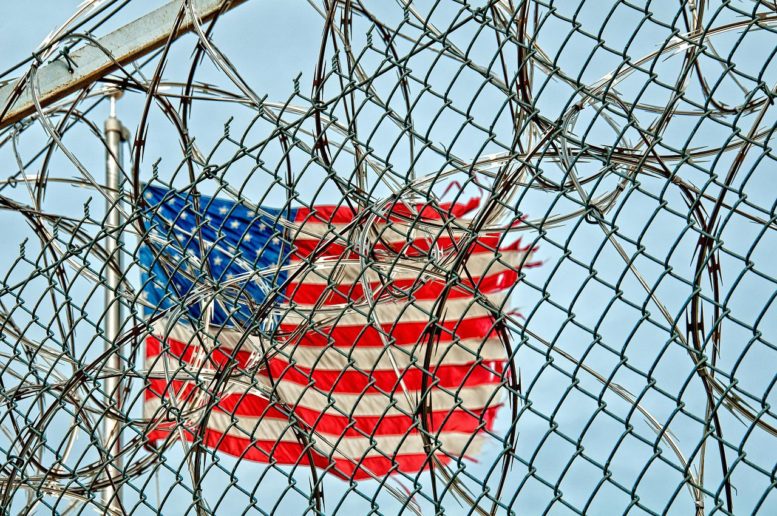In Ohio and other states, the number of people locked up in jails and prisons has increased dramaticallyover the past four decades.
Many, including Ohio, are taking steps to reduce those numbers. But they remain stubbornly high. And that only feeds income inequality and lessens public safety, according to a report released last week by the Sentencing Project, a Washington, D.C.-based research and advocacy center.
That’s so because those who get locked up are much more likely to be people of color — 69% — didn’t complete high school — 62% — received public assistance before turning 18 — 42% — and had been homeless or lived in subsidized housing while still a child — 31%.
When people are locked up, they face fines, fees and an inability to work that only make them poorer.
“These laws and policies exacerbate the marginalization of justice-involved people — who are disproportionately people of color — by eroding the economic and social buffers against crime and increasing the likelihood of police contact,” the report said.
In Ohio, the rate of people in prison jumped from a little more than 100 per 100,000 residents in 1978 to about 450 per 100,000 in 2015.
But more recently, numbers have been been coming down. The overall population in state prisons has dropped from a little more than 51,000 in 2008 to 44,643 in September, according to statistics from the Department of Rehabilitation and Correction.
[SEE ALSO: Republicans introduce bill that would expunge non-violent crimes for human trafficking victims]
That’s surely due in part to recent reforms aimed at reducing the number of Ohioans who are locked up. But even as the reforms release some offenders, they create new ones.
For example, Gov. Mike DeWine last year signed a sweeping bill that expanded early release to many incarcerated Ohioans and downgraded penalties for some drug-related offenses. But it also increased penalties for strangulation, using one’s own sperm in fertility treatments, and aggravated vehicular homicide.
And while they’re in prisons and jails, the already-poor face a variety of fees that are so high that critics label them “predatory.” In Ohio, for example, if loved ones want to deposit $20 in an inmate’s commissary account, they have to use a company named GTL and pay a fee of $3.50, or 18%.
In addition, incarcerated individuals don’t make much, if anything. Those working for Ohio Penal Industries make between 47 cents and $1.35 an hour.
And then there is a person’s diminished prospects once he or she leaves prison. Ohio law prohibits public-sector employers from asking about criminal history on job applications, but private-sector employers face no such restrictions.
Social scientists have found a direct relationship between growing prison and jail populations and increasing poverty.
“One illustration of this impact is the finding among researchers that mass incarceration increased the U.S. poverty rate by at least 20% between 1980 and 2004,” the Sentencing Project report said, citing a 2013 study in the journal Crime and Delinquency.
As Ohio and other states work to reduce the numbers in their jails and prisons, the Sentencing Project recommends diverting resources to programs such as drug treatment, which can reduce property and other crimes.
It also recommends reducing police enforcement actions against young people, which have been ironically linked to more future offenses.
“Numerous studies have found that police contact during adolescence — not only arrests, but also police stops and warnings — increases the likelihood of future delinquency and violence, particularly when the young people view the police contact as unjust,” the report said. “For instance, a 2020 study examining youth in Chicago found that the odds of committing any delinquent or violent acts were 44% to 81% higher for youth who had prior police contact than for comparable youth who did not have police contact.”

